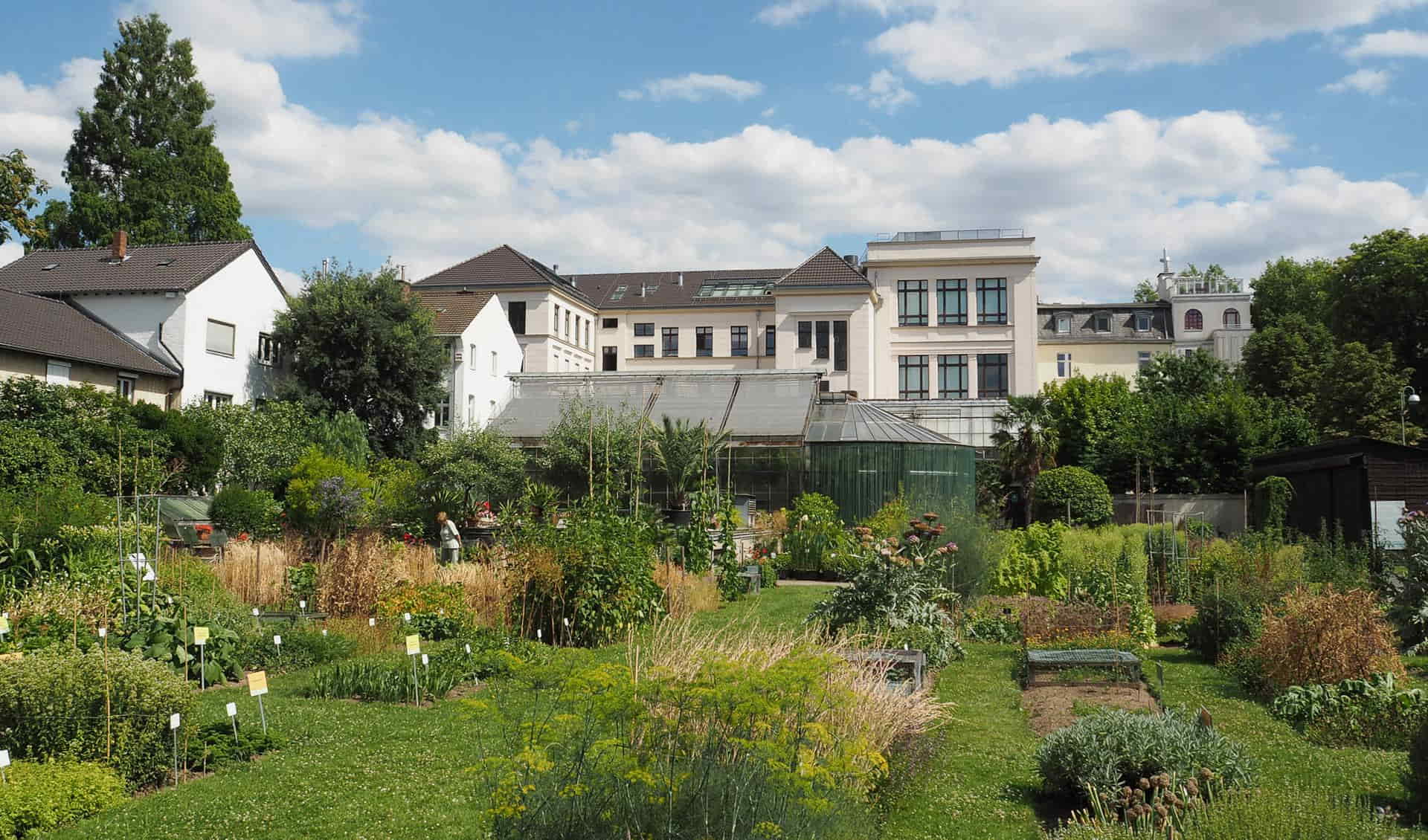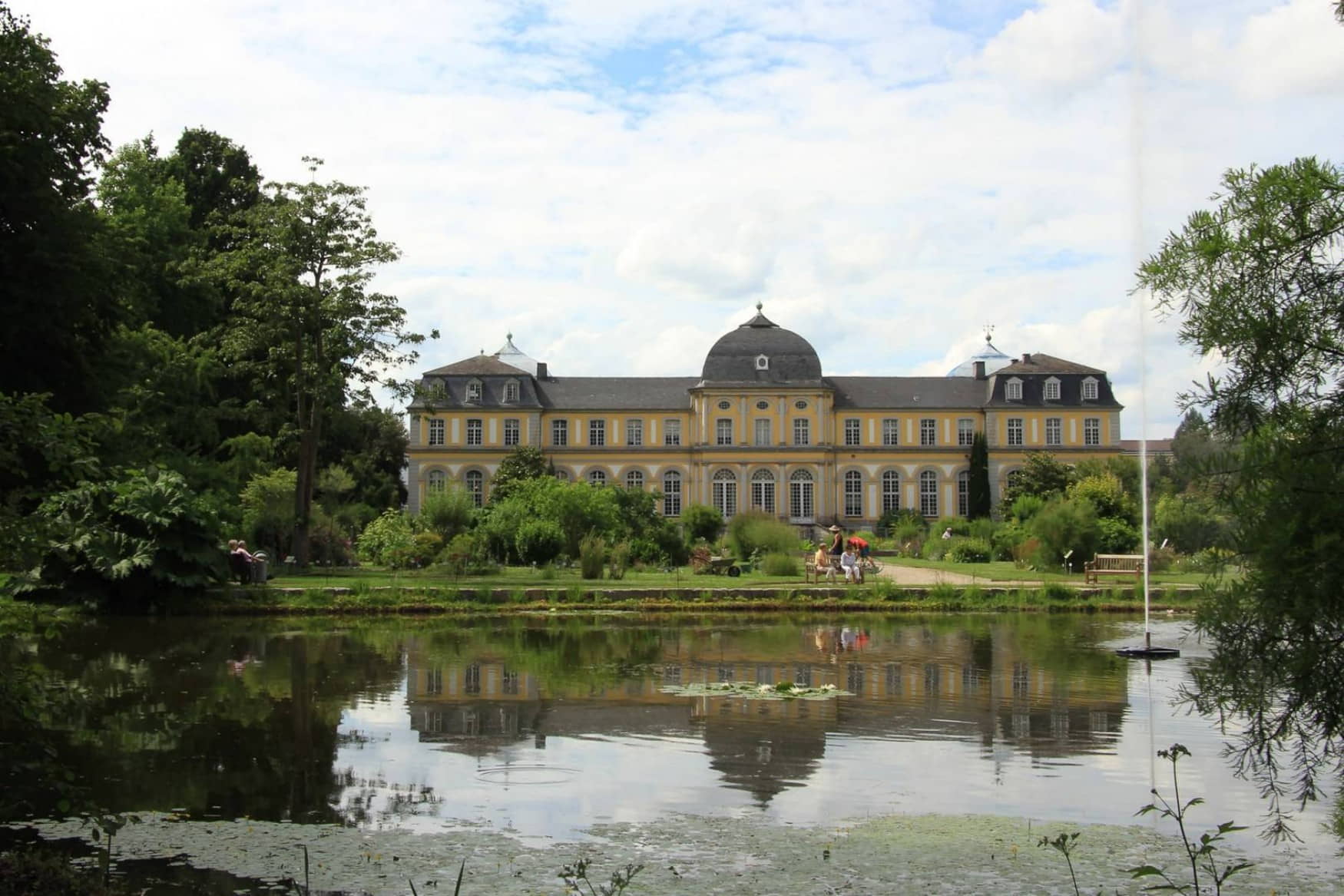The Bonn Botanical Gardens, officially known as the Botanic Gardens of the Rheinische Friedrich Wilhelms Universität, is a verdant oasis in the heart of Bonn, Germany. Established in 1818 alongside the University of Bonn, these gardens have blossomed into a world-renowned botanical research and education center. Spanning 13 hectares, the gardens boast an impressive collection of over 11,000 plant species, making them a living encyclopedia of global flora. From their humble beginnings as Renaissance gardens surrounding a medieval moated castle, they have evolved into a baroque masterpiece that has retained its basic structure since 1720.
Despite significant damage during World War II, the gardens were meticulously reconstructed between 1979 and 1984, emerging as a testament to resilience and horticultural passion. Today, the Bonn Botanical Gardens stands as a crucial hub for plant conservation, biodiversity research, and public education, inviting visitors to explore the wonders of the plant kingdom in a setting that seamlessly blends history, science, and natural beauty.
Highlights
- Poppelsdorf Palace and its surrounding baroque gardens
- Extensive glasshouse complex featuring diverse plant habitats
- Unique collections, including carnivorous plants and titan arums
Contents
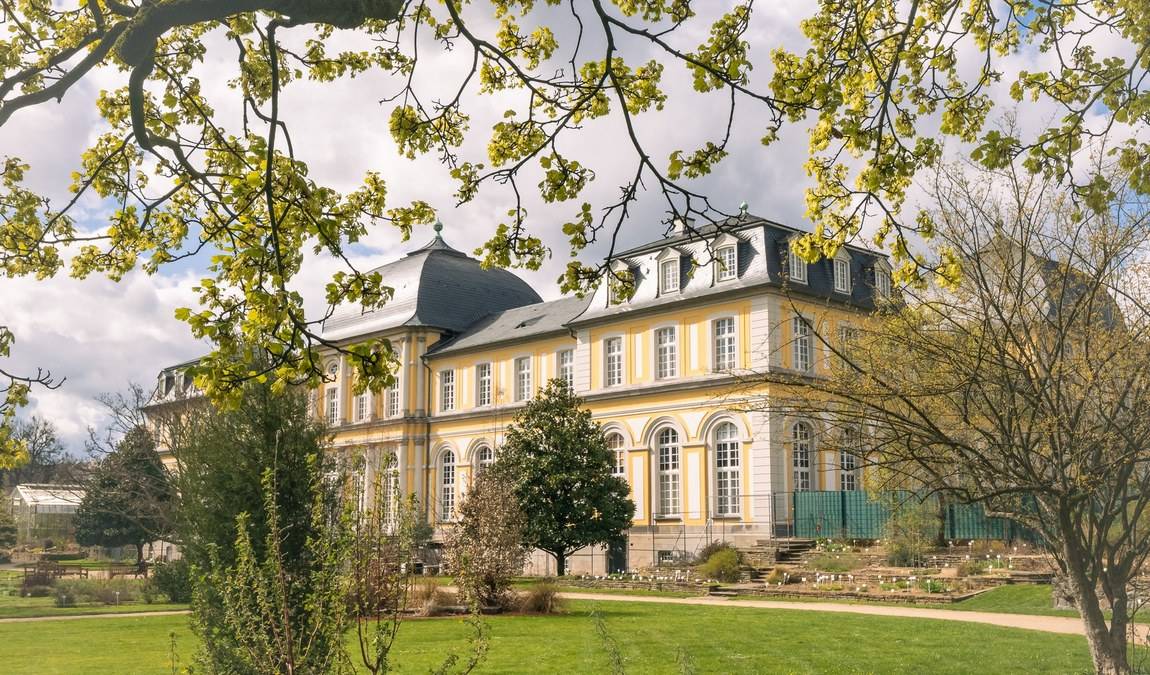 Photo: botgart.uni-bonn.de
Photo: botgart.uni-bonn.de
Here is Why Your Kids Will Find it Interesting
Bonn Botanical Gardens is worth visiting with kids aged 5-12, as it offers a magical world of plant discovery. Children will be captivated by the carnivorous plants that emerge from a science fiction story. The Victorian glasshouse sparks imagination and wonder with its giant water lilies and night-blooming flowers. For budding scientists, the garden's focus on biodiversity and conservation provides hands-on learning experiences.
The Green School programs cater specifically to young minds, offering interactive workshops that make botany fun and accessible. With its exotic plants, colorful flowers, and educational activities, the gardens provide an exciting outdoor classroom that children will remember long after their visit.
Family-friendly features
- Interactive Green School programs tailored for children
- Picnic areas for family lunches amidst nature
- Seasonal family-oriented events and workshops
Garden Highlights
Poppelsdorf Palace and Surrounding Baroque Gardens
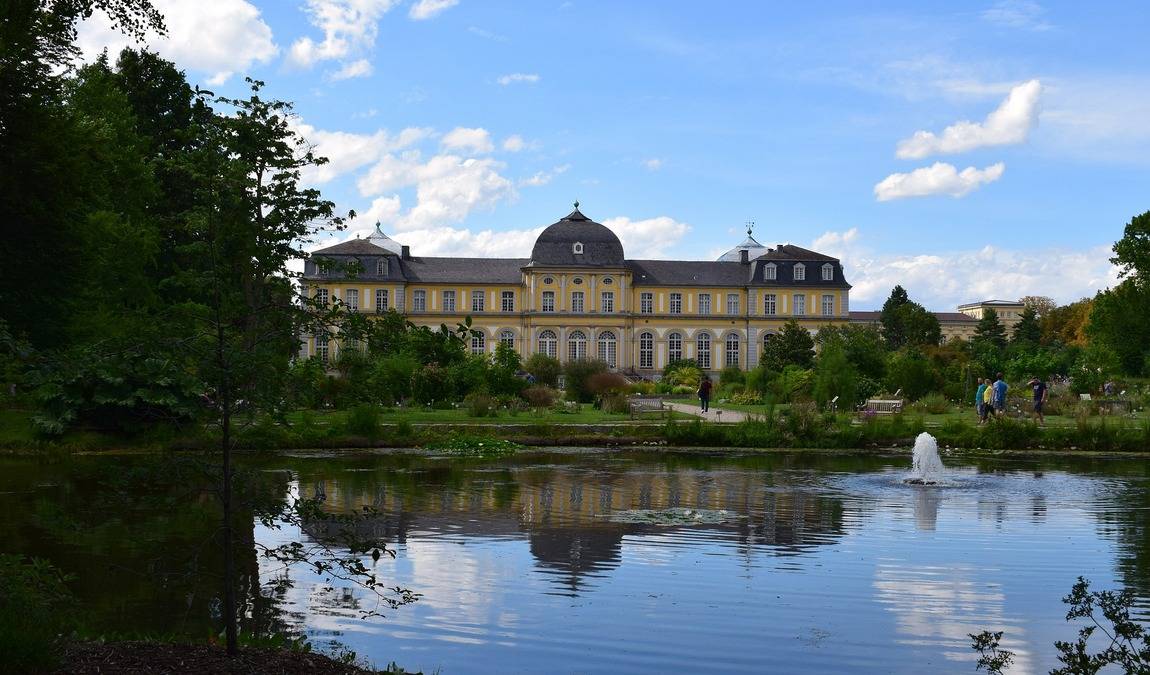 Photo: pixabay.com
Photo: pixabay.com
The Poppelsdorf Palace, with its elegant baroque architecture, serves as a stunning backdrop to the botanical gardens. The surrounding formal gardens, laid out in the 18th century, showcase geometric patterns and symmetrical designs typical of the Baroque style. These gardens provide a feast for the eyes and a glimpse into historical garden design.
Arboretum with Record-Breaking Trees
The arboretum is home to an impressive collection of trees, including several "champion trees" recognized by the German Dendrological Society. These record-breaking specimens include some of the oldest and tallest of their species in Germany. Visitors can stroll through this living museum of woody plants, observing the diverse textures, colors, and forms of trees worldwide.
Systematic Beds and Research Collections
The systematic beds are arranged according to plant families, offering visitors an educational journey through plant evolution and relationships. These beds are crucial for research and teaching, allowing students and scientists to study plant taxonomy and biodiversity. The research collections focus on specific plant groups, supporting the university's botanical studies and contributing to global plant conservation efforts.
Glasshouse Tour
Victorian Glasshouse with Water Lilies
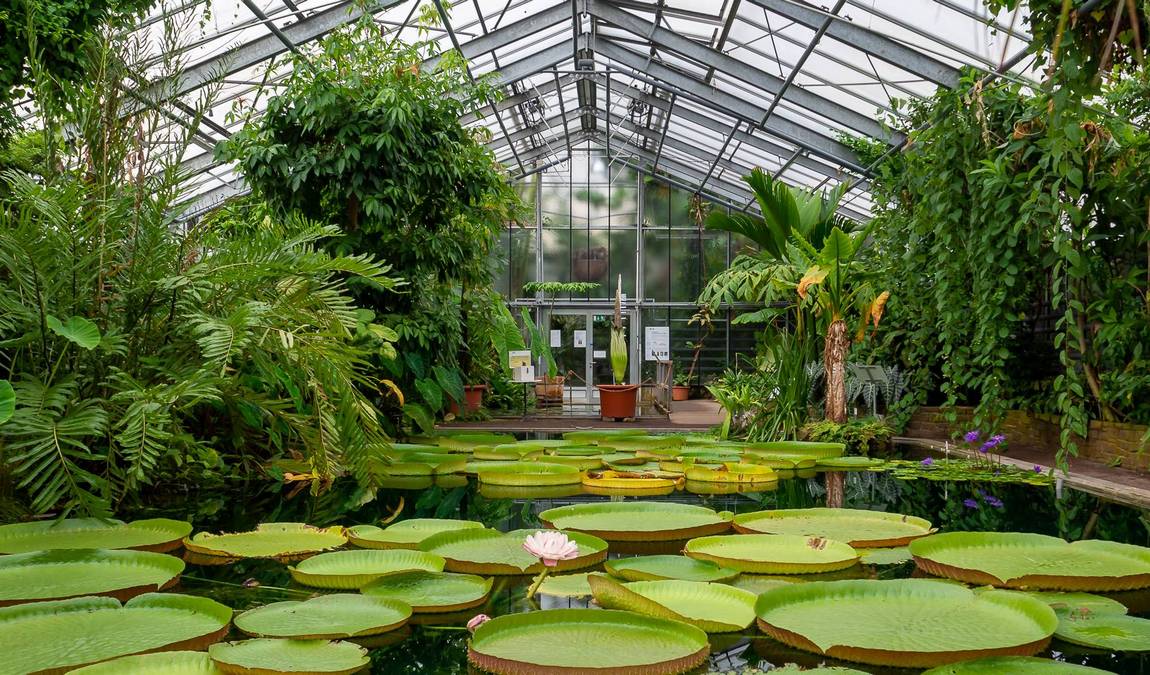 Photo: botgart.uni-bonn.de
Photo: botgart.uni-bonn.de
The crown jewel of the glasshouse complex is the Victorian-style greenhouse, home to spectacular water lilies. Visitors can marvel at the Nymphaea gigantea, an Australian native with enormous leaves and stunning blooms. The nocturnal Victoria cruziana, or giant water lily, puts on a nightly show, opening its white flowers in the evening and transforming to a deep pink by the following night.
The fascinating Arithmeum Museum is 1.3 kilometres away. Plan a family trip there too.
Succulent and Cacti House
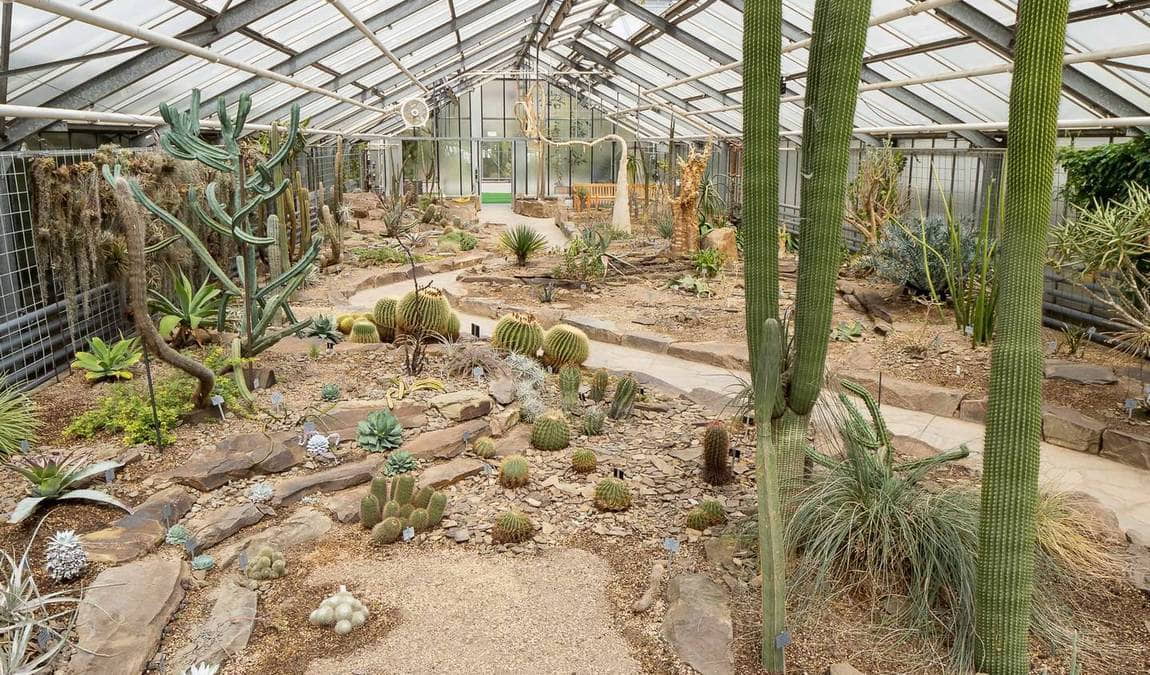 Photo: botgart.uni-bonn.de
Photo: botgart.uni-bonn.de
The succulent house is a haven for desert plant enthusiasts. It showcases an extensive collection of cacti and other water-storing plants from arid regions worldwide. Of particular interest are the "living stones" (Lithops), which are being studied for their remarkable drought adaptation abilities.
Palm House and Tropical Plants
Stepping into the palm house transports visitors to a lush tropical paradise. Towering palms create a canopy over a diverse understory of tropical plants. This greenhouse mimics various tropical habitats, from rainforest floors to epiphyte-laden tree branches, providing a comprehensive look at tropical plant diversity.
Unique Plant Collections
Titan Arum (Amorphophallus) Collection
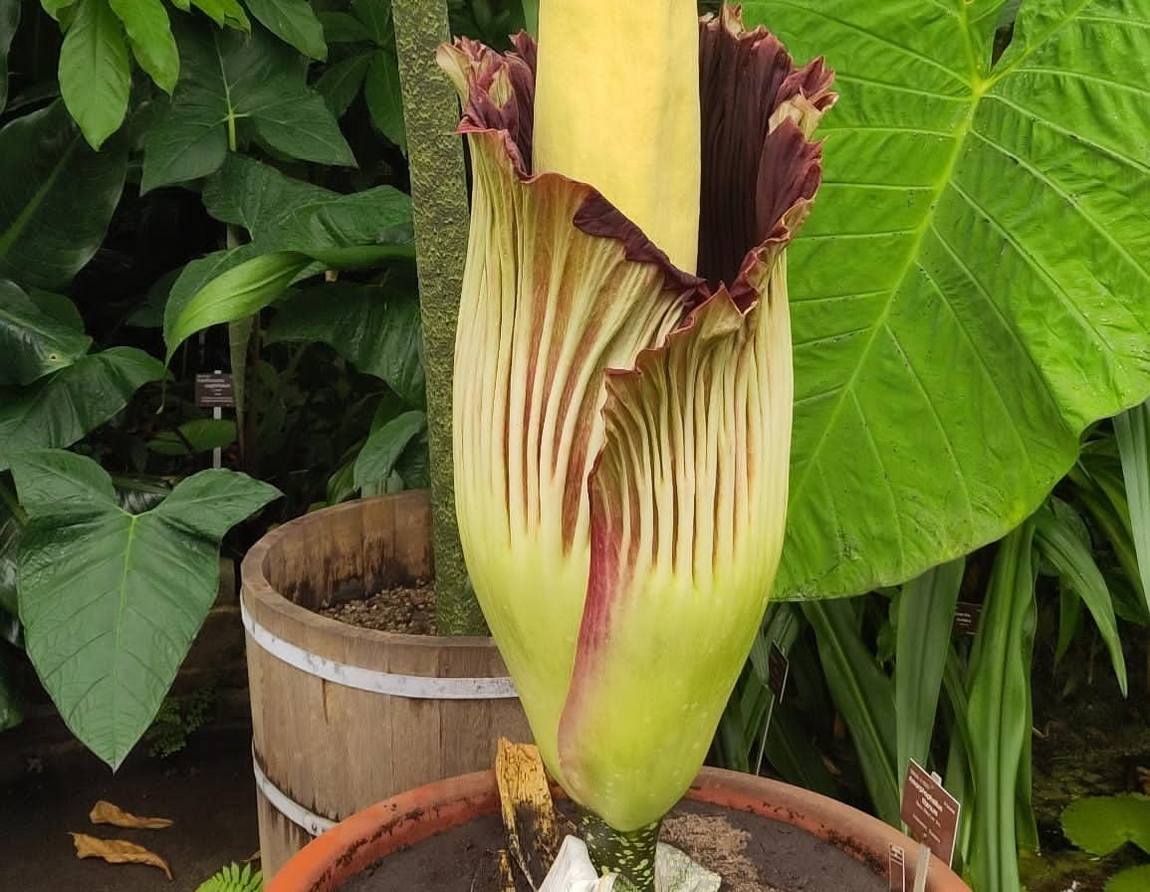 Photo: facebook.com/BotanischeGaertenUniversitaetBonn
Photo: facebook.com/BotanischeGaertenUniversitaetBonn
The gardens boast a notable collection of Amorphophallus species, including the famous Titan Arum or "corpse flower." Known for its enormous inflorescence and pungent odor when blooming, this rare plant attracts visitors from far and wide during its infrequent flowering events.
Carnivorous Plants Display
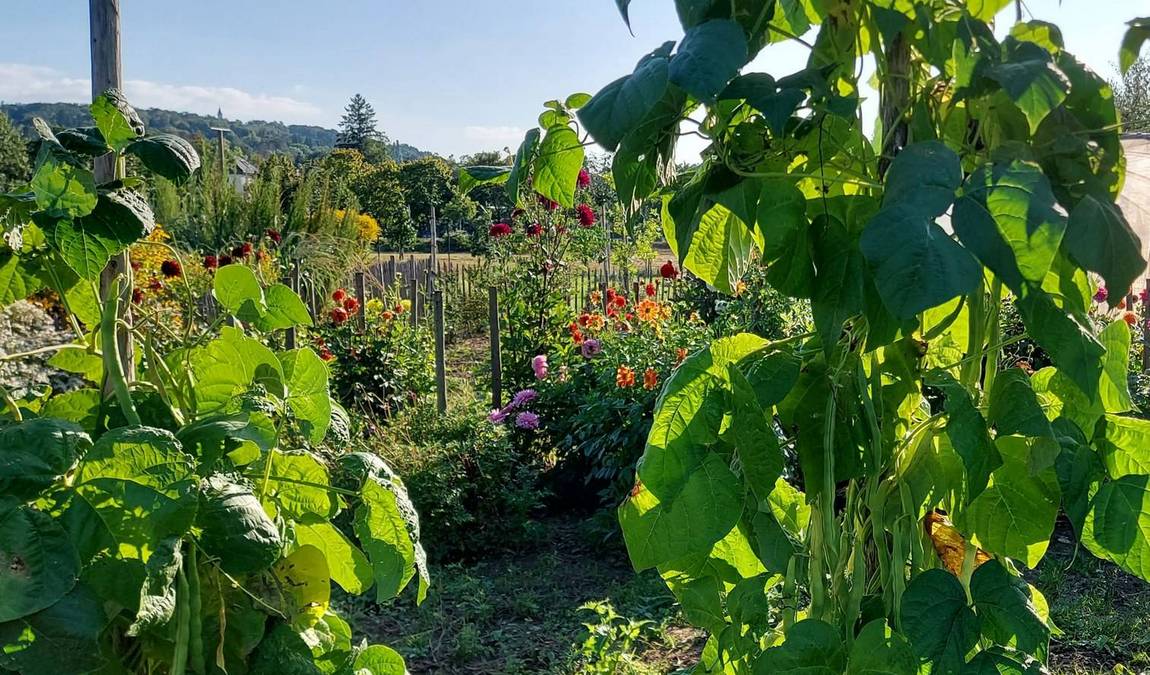 Photo: botgart.uni-bonn.de
Photo: botgart.uni-bonn.de
The carnivorous plant collection is a favorite among visitors, especially children. It features various insect-eating plants, including Venus flytraps, pitcher plants, and sundews. This collection fascinates and educates about plant adaptations and unique feeding strategies.
Geophytes from Europe and Anatolia
The geophyte house showcases plants with underground storage organs, particularly those native to Europe and Anatolia. This collection is crucial for researching plant adaptations to seasonal climates and contributes to conservation efforts for these often-overlooked plant groups.
Educational Opportunities
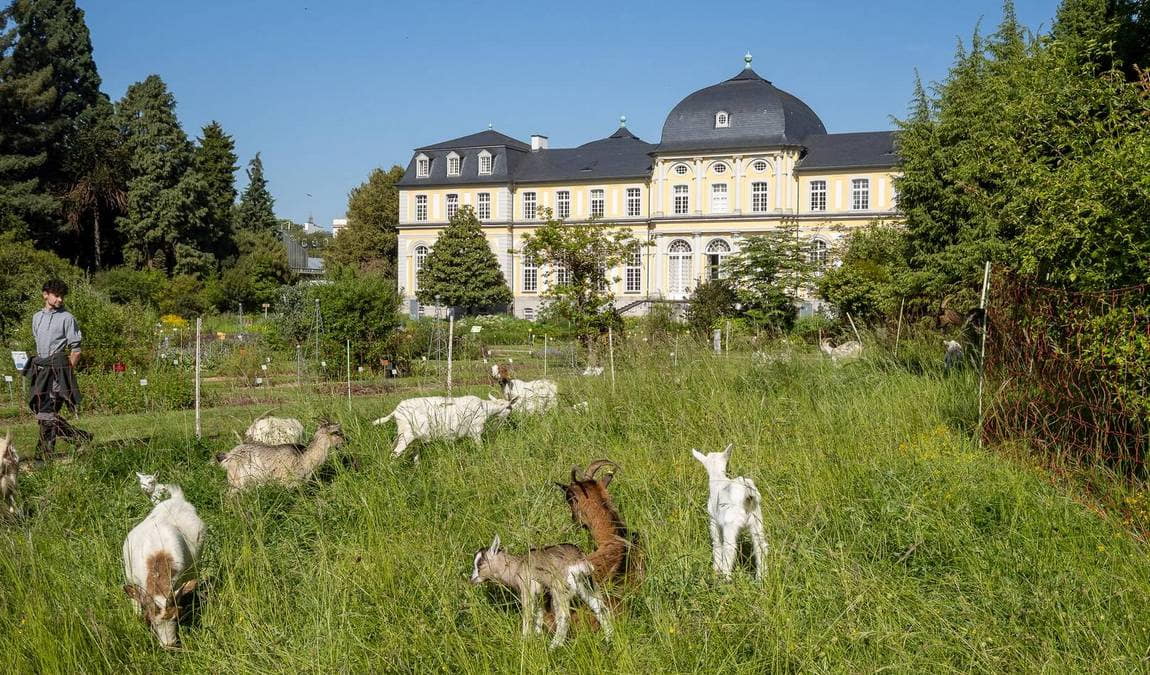 Photo: botgart.uni-bonn.de
Photo: botgart.uni-bonn.de
The Green School Programs
The Green School at Bonn Botanical Gardens offers a variety of educational programs for all ages, from hands-on workshops for children to specialized courses for adults. These programs aim to foster an appreciation for plants and promote environmental awareness through interactive learning experiences.
Guided Tours and Workshops
Expert-led tours provide in-depth insights into the gardens' collections and ongoing research. Workshops cover plant propagation, botanical illustration, and sustainable gardening practices, allowing visitors to gain practical skills alongside botanical knowledge.
Research and Conservation Efforts
The gardens play a vital role in botanical research and conservation. Visitors can learn about ongoing projects, including studies on plant biodiversity, climate change impacts on flora, and efforts to preserve endangered species. The gardens' involvement in international conservation initiatives highlights the global importance of botanical research.
Seasonal Attractions
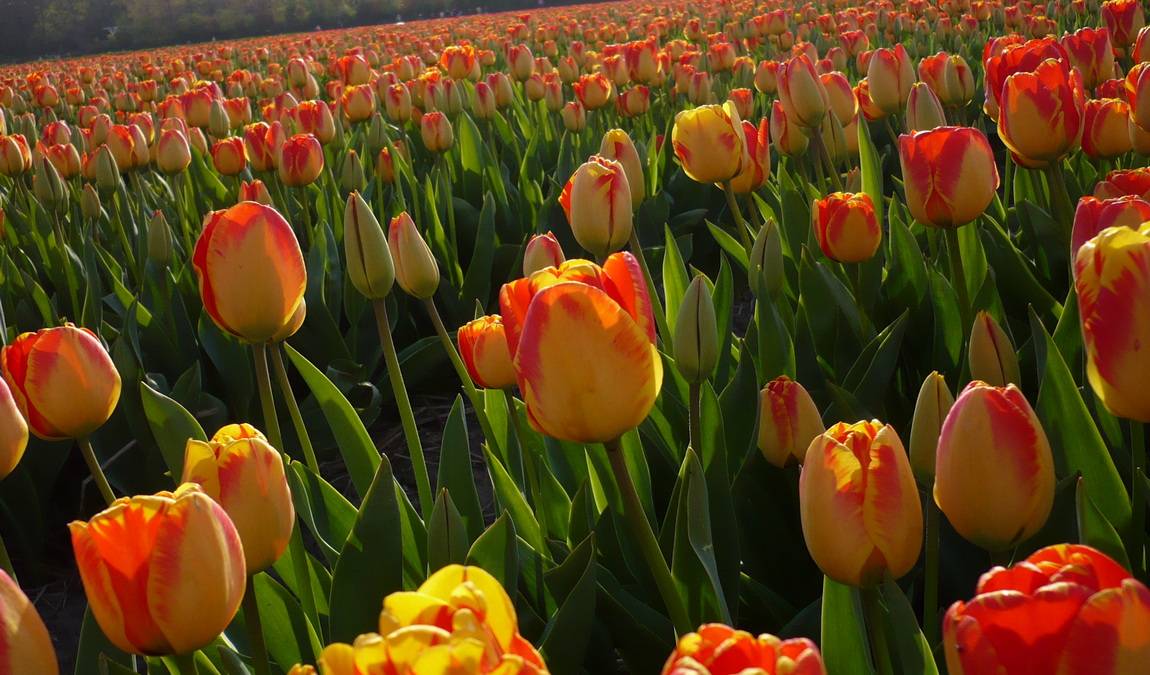 Photo: facebook.com/BotanischeGaertenUniversitaetBonn
Photo: facebook.com/BotanischeGaertenUniversitaetBonn
Spring transforms the gardens into a colorful tapestry of blooming bulbs and trees. Visitors can enjoy vibrant displays of tulips, daffodils, and cherry blossoms, making it an ideal time for photography enthusiasts. The summer kitchen garden is a sensory delight, filled with aromatic herbs and edible plants. This area demonstrates the connection between botany and culinary arts, inspiring home gardeners and chefs alike.
Fall brings a spectacular show of colors to the arboretum as deciduous trees display their autumn foliage. This season offers a unique perspective on the diversity of tree species and their adaptations to seasonal changes.
Visitor Amenities
The cafe offers a relaxing spot to refuel, serving light refreshments and seasonal specialties. Its terrace provides beautiful views of the gardens, making it a perfect place to unwind after exploring. The gift shop offers a range of botanical-themed souvenirs, books, and gardening supplies. Plant enthusiasts can purchase seeds and small plants propagated from the garden's collections, allowing visitors to take a piece of the botanical gardens home with them.
The gardens strive to be accessible to all visitors. Most paths are wheelchair-friendly, and there are ramps to access the glasshouses. Guide dogs are welcome, and informational materials are available in large print and Braille upon request.
Best Time to Visit
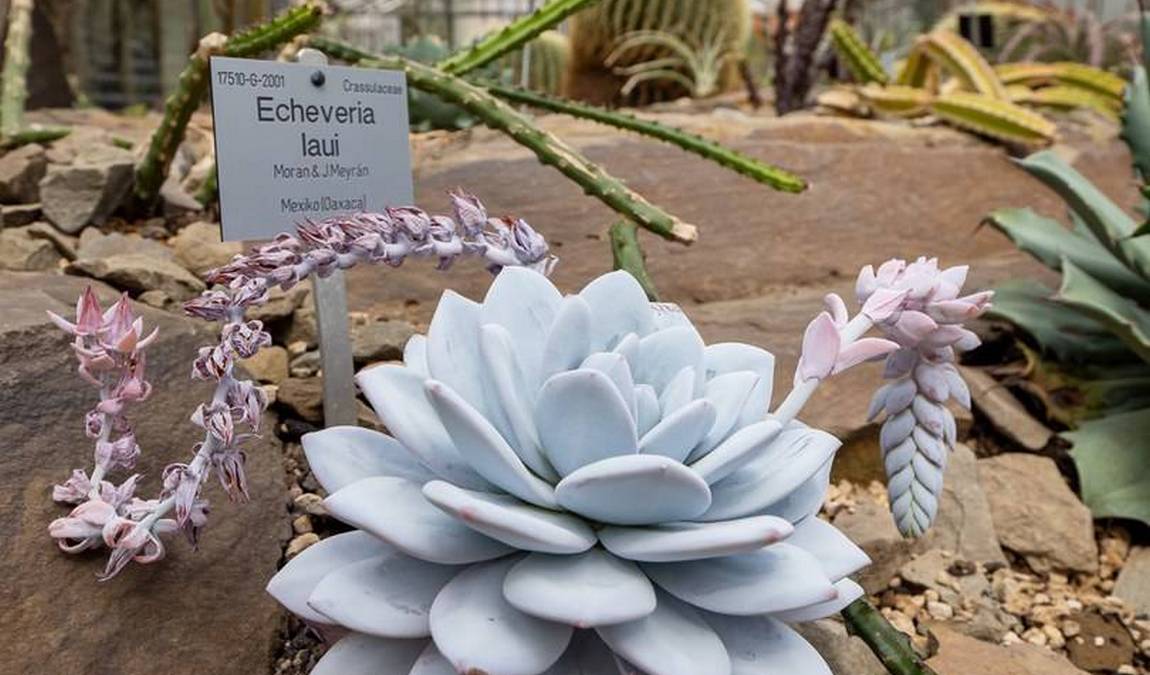 Photo: botgart.uni-bonn.de
Photo: botgart.uni-bonn.de
The best time to visit Bonn Botanical Gardens with children is during late spring to early autumn, particularly on weekdays, to avoid crowds. Mornings are ideal for exploring, as the gardens are fresh and less busy. Weekends often feature special events and activities for families.
Recommended Duration: A typical visit lasts 2-3 hours, allowing time to explore the main attractions and participate in an activity.
Our Resume
Bonn Botanical Gardens offers a unique blend of historical charm, scientific importance, and natural beauty. Its diverse plant collections, educational programs, and seasonal attractions make it a must-visit destination for plant enthusiasts, families, and casual visitors.
The gardens provide a peaceful retreat from urban life and serve as a vital center for botanical research and conservation. Whether you're admiring the baroque layout, exploring the glasshouses, or participating in a workshop, the Bonn Botanical Gardens promise an enriching experience that connects visitors with the wonders of the plant world.


